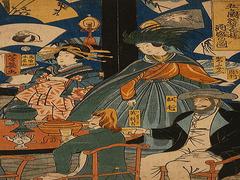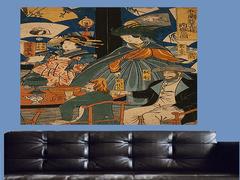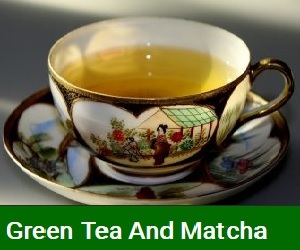Nature holds a profound place in Japanese culture, shaping everything from aesthetics to spiritual beliefs. This reverence for the natural world is beautifully captured in Japanese woodblock prints, where the changing seasons and symbolic elements are depicted with exquisite detail and artistic finesse. This article delves into the enchanting world of Japanese woodblock prints and explores how nature's influence has been intricately woven into the fabric of this art form.
Seasonal Aesthetics
Japan's distinct four seasons hold a special significance in the hearts of its people. This appreciation for seasonal changes is vividly portrayed in woodblock prints, where artists meticulously render landscapes transformed by spring cherry blossoms, summer festivals, autumn foliage, and winter snowscapes. The dynamic interplay between nature's rhythms and human life is evident in these prints, encapsulating the ephemeral beauty of each season.
Kacho-e: Depicting Flora and Fauna
Kacho-e, or prints of birds and flowers, is a genre that celebrates the intricate beauty of nature's creatures. Artists delicately portray a variety of species, imbuing them with symbolic meaning drawn from Japanese folklore and poetry. The heron, for instance, symbolizes solitude and purity, while the peony represents wealth and prosperity. These prints not only showcase the artists' technical prowess but also their ability to infuse these images with cultural depth.
Yamato-e: Embracing the Japanese Aesthetic
Yamato-e, a traditional style of painting, heavily influenced woodblock prints. It emphasizes the portrayal of the Japanese landscape, flora, and fauna, often infused with a sense of nostalgia and idealization. This style resonates with the cultural sentiment that finds harmony in the simple beauty of the native environment. In woodblock prints, Yamato-e's influence is evident in the intricate depictions of landscapes and the meticulous attention to botanical and natural details.
Symbolism and Metaphor
Japanese woodblock prints frequently employ symbolic elements derived from nature to convey deeper meanings. The cherry blossom, representing transience, appears in prints to evoke the impermanence of life. Similarly, the use of flowing water or crashing waves can symbolize the passage of time or the challenges of existence. These symbols create a multi-layered visual language that invites viewers to reflect on life's complexities.
The Cycle of Life and Renewal
Nature's cyclical patterns, such as the changing of seasons and the growth and decay of plants, are often intertwined with themes of life and renewal in woodblock prints. The fleeting beauty of cherry blossoms or the vibrant hues of autumn leaves mirror the impermanent nature of human existence, reminding viewers of the inevitability of change.
Contemporary Echoes
The influence of nature in Japanese woodblock prints transcends historical boundaries. Contemporary artists continue to draw inspiration from the traditional themes and techniques, reimagining nature's role in their prints. These modern interpretations bridge the gap between the past and present, demonstrating the enduring relevance of nature's influence on artistic expression.
Conclusion
The intricate interplay between nature and Japanese woodblock prints is a testament to the profound relationship that the Japanese people have with the world around them. From the elegance of kacho-e to the symbolism of changing seasons, these prints capture not just the aesthetic beauty of nature but also its deeper philosophical significance. In every brushstroke and carved line, the spirit of nature is immortalized, inviting us to pause, reflect, and connect with the timeless rhythms of the natural world.
- Beyond Ukiyo-e: The Diverse Landscape of Japanese Woodblock Art
- Evolution of Japanese Woodblock Printing: Tracing the Roots of an Artistic Tradition
- From Edo to the World: How Japanese Woodblock Prints Shaped Western Art and Culture
- Japanese Woodblock History
- Masters of the Blade and Block: The Collaborative Artistry of Samurai and Woodblock Printmakers
- Resilience and Reinvention: Japanese Woodblock Printing in the Face of Modernization
- Techniques and Traditions: Unraveling the Intricacies of Japanese Woodblock Printmaking
- The Influence of Nature in Japanese Woodblock Prints: Depicting Seasons and Symbolism
- The Societal Mirror: Reflecting Daily Life in Edo Period Woodblock Prints
- The Woodblock Artisans of Edo: Masters of Craftsmanship and Creativity
- Ukiyo-e Renaissance: Exploring the Golden Age of Japanese Woodblock Prints




